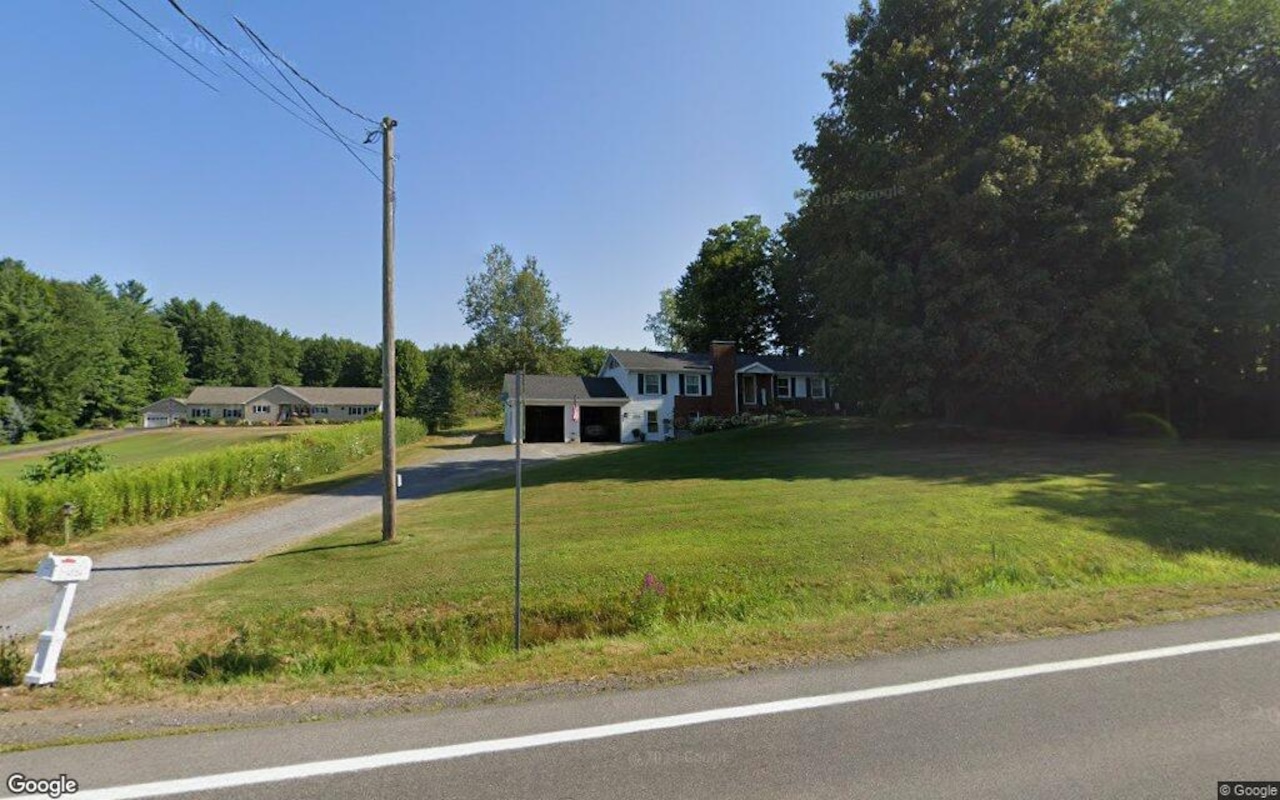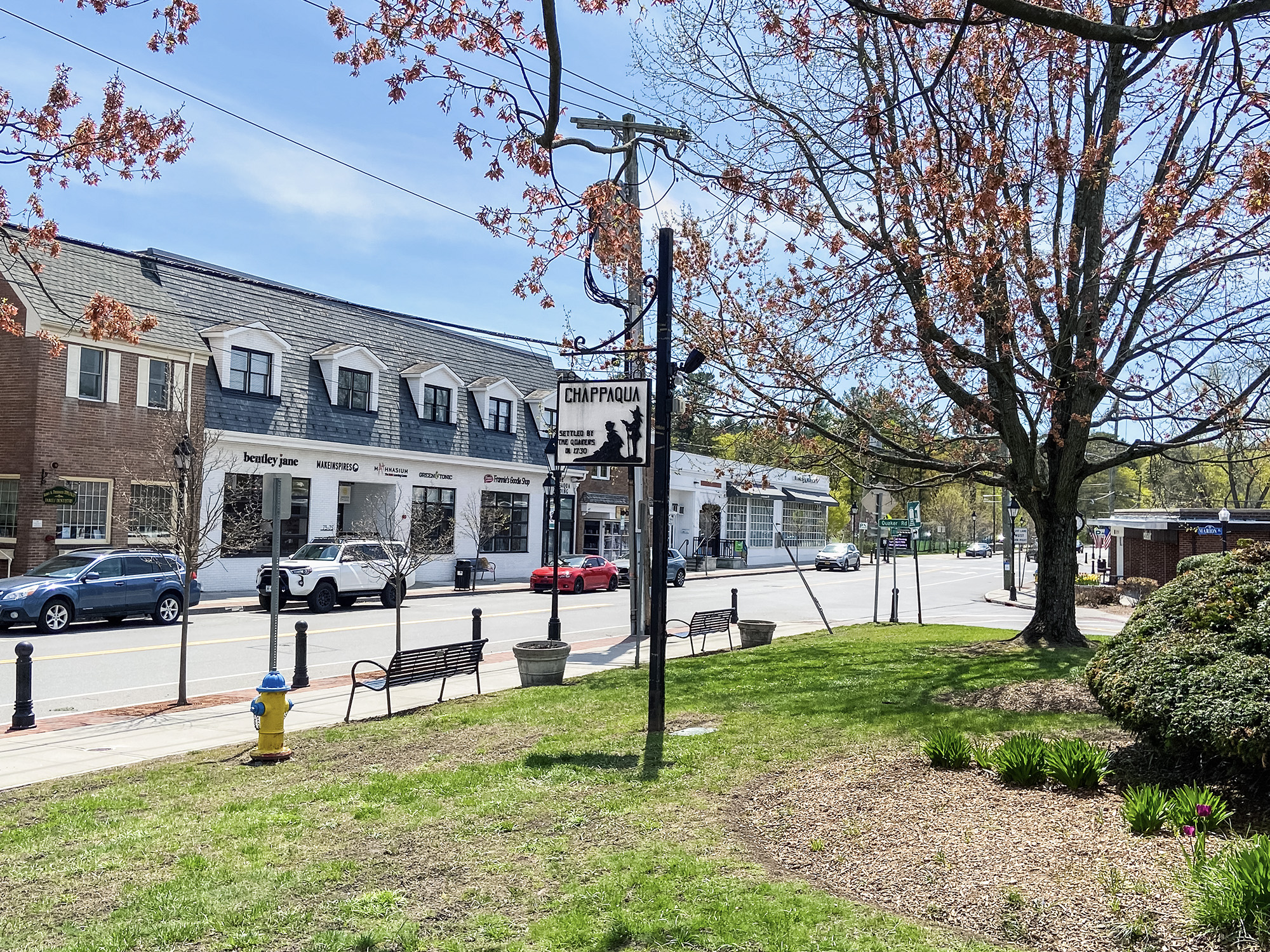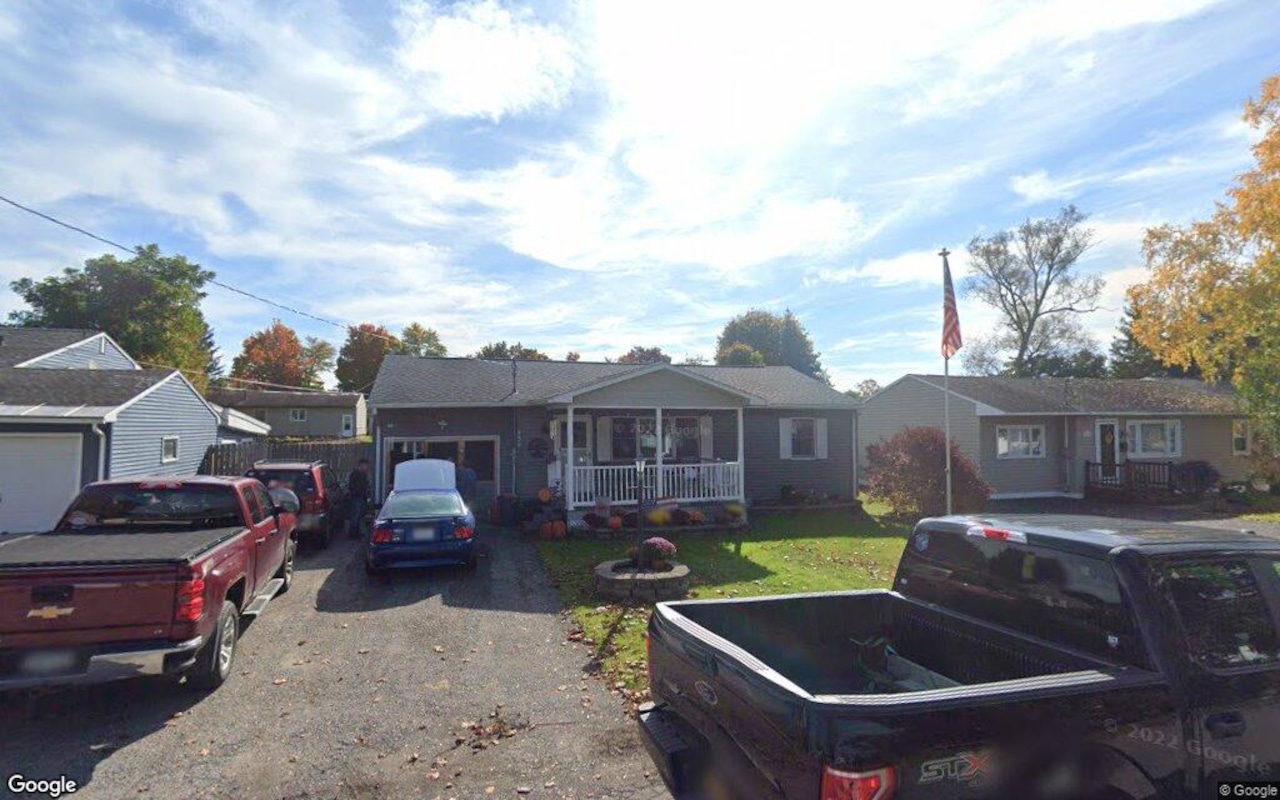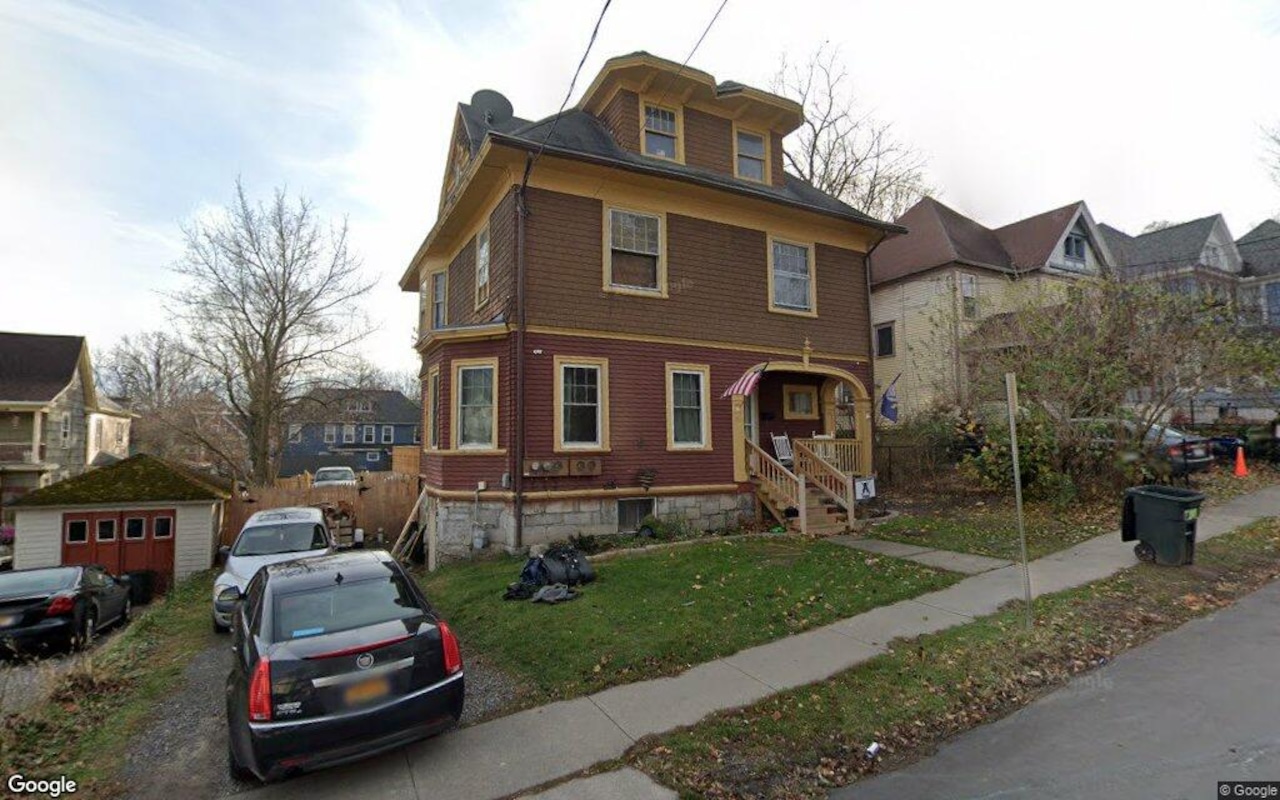H
igher mortgage rates and rising home prices have reduced Americans' buying power in most large cities, but a few metros stand out for offering homes that families can afford. Buying power refers to the amount of money a homebuyer can spend on a home with mortgage funds based on their income and current interest rates.
This summer, homebuyers face mortgage rates that have risen faster than wages since the pre-pandemic era, reaching the high 6% range. Meanwhile, home prices continue to surge, while housing inventory has shrunk compared to 2019, leaving budget buyers with fewer affordable choices. According to Realtor.com's buying power report, nationally, the maximum affordable home price for a median-income household has plunged by nearly $30,000 since 2019.
However, six cities have seen improvements in buying power: Cleveland, Phoenix, Richmond, VA, Indianapolis, Tampa, FL, and Austin, TX. These metros share robust wage growth as a key factor helping homebuyers stretch their dollars further. In Cleveland, for example, the typical household could afford a $260,000 property this summer, representing a 4.4% increase in buying power.
In Phoenix, a typical family could afford a $332,000 property, about $8,000 higher than in 2019. The market has stabilized after prices skyrocketed during the pandemic, and suburbs like Queen Creek offer affordable options with strong incentives. Realtor.com's senior economic research analyst Hannah Jones notes that even in these six markets where buying power has improved, few listings are available at an "affordable" price point.
The supply of cost-effective listings in Cleveland dropped from 65% to 50%, while Tampa's budget-friendly inventory decreased from 54% to roughly 22%. Despite improvements in buying power, surging home prices mean that buyers face a conundrum: their purchasing power has dropped at the same time that homes have gotten more expensive.
A marginal decrease in mortgage interest rates could help boost buying power, and the Federal Reserve is expected to cut its key rate by a quarter-point in September. Stronger income growth could also improve housing affordability, but its impact is slower than easing rates.















